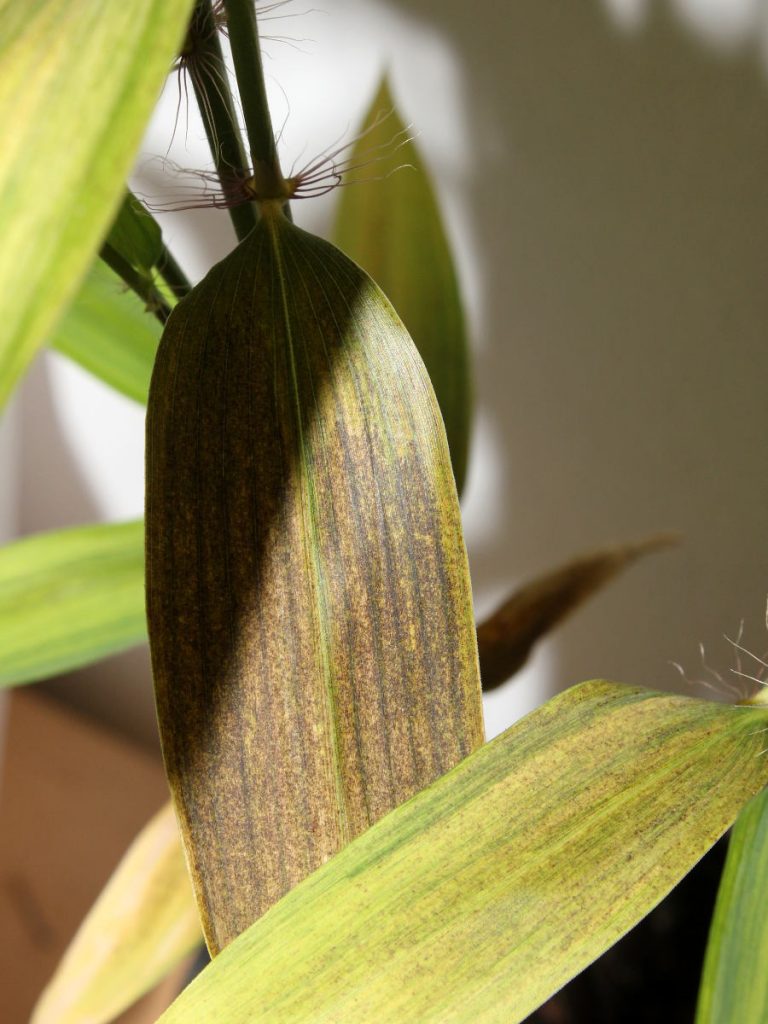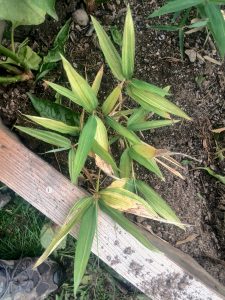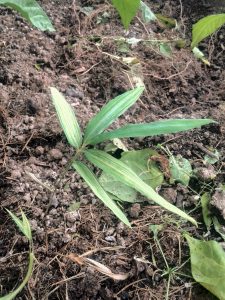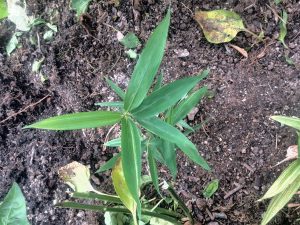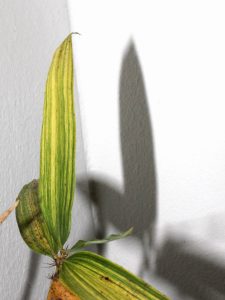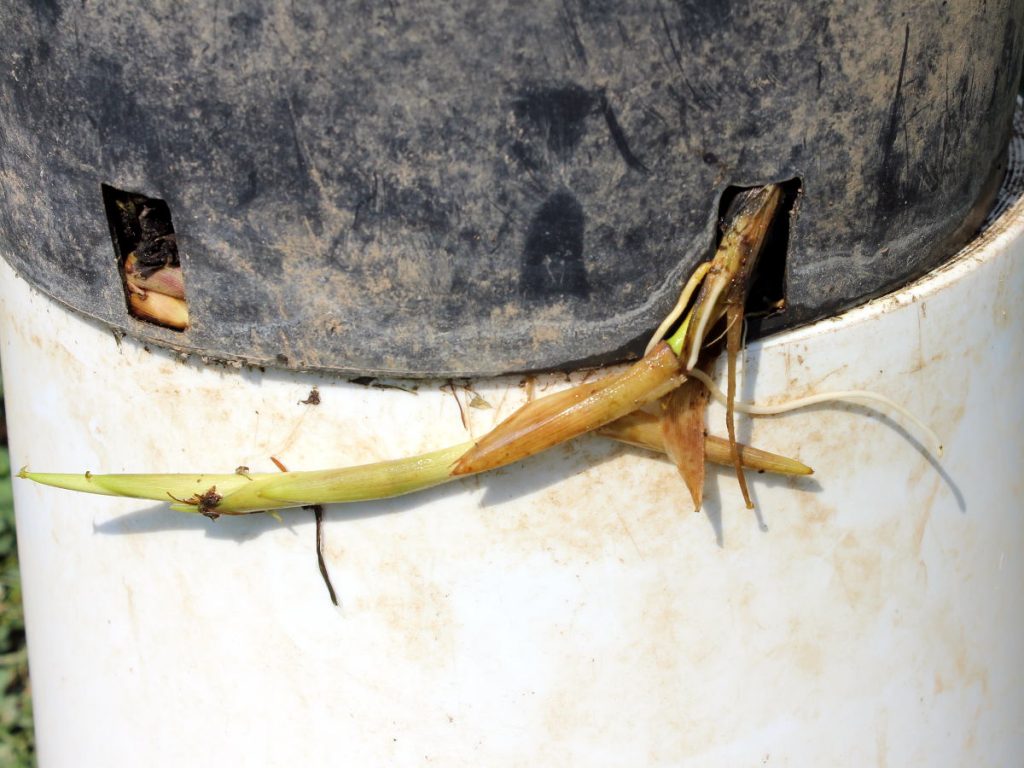Bamboo fungal infection?
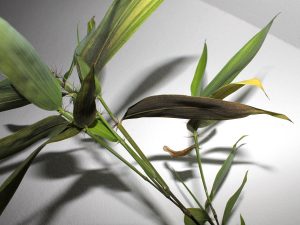
Temperature outside dropped considerably, and I’m afraid that some of my less hardy bamboos will get completely toasted this year. In late fall, I have taken my variegated Phyllostachys arcana ‘Luteosulcata’ seedlings inside for overwintering. In just a week or so, I have noticed dark spots on some of their leaves. All the plants seemed to have been affected, but the issue seemes to be a bit different on the greener seedling. The darker, less variegated seedling started getting larger spots on it’s leaves. These spots appeared on old and on new leaves, young leaves seemed to be much more affected than the hardened ones. This seedling is overall happy and started shooting vigorously. New shoots are affected, but at this time, it seems like the infection is slowly fading out as new leaves take longer to develop the spots.
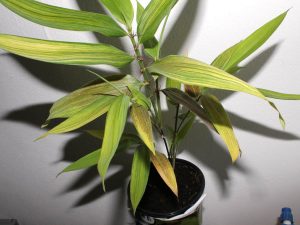
Other two, more variegated seedlings, took the same time to develop tiny black spots all over the leaf. These are much less visible from upper side of the leaf and hit the bottom side first. New leaves appear healthy at first, but when they age to a month or two, they start getting dark brown. Bottom side of the leaf gets hit first with just a couple of brown spots, eventually, it spreads all the way to the leaf tip and through the leaf to the upper side of leaf. I have cut off all the leaves from the largest seedling at the very beginning, when I first saw the issue. It doesn’t show any issues for now, but it grows really slow. It shows signs of recovery. I thoroughly sprayed all the seedlings with insecticide and it didn’t do much good.
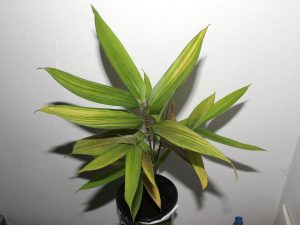
When I took the seedlings inside, they all started growing rapidly. All of them started shooting and don’t really seem to be bothered by their infection. Especially the greener form started acting like the super-aggressive seedling from last winter. I keep temperature around 21°C – 25°C, relative humidity around 45% and around 16 hour light cycle. They have a fan nearby, which makes sure there is always some airflow. I will leave the seedlings inside for the winter and keep an eye on them. If they start to decline, I’ll bath them in fungicide, if not, I’ll wait for the spring to come and thoroughly spray them before planting them outside the next season.
Did any of you ever noticed anything similar on any of your bamboos? Hopefully I can identify the bamboo fungal infection, so I can get rid of it before the spring.
